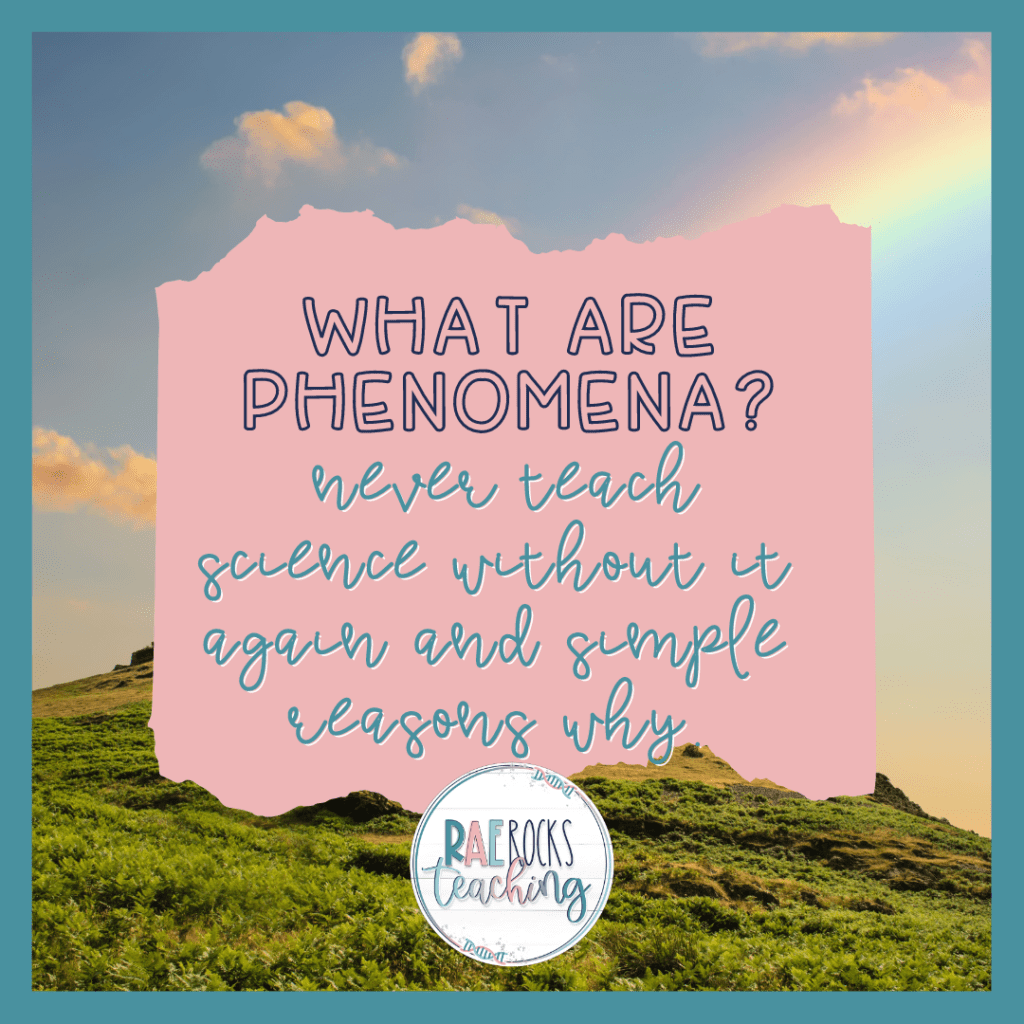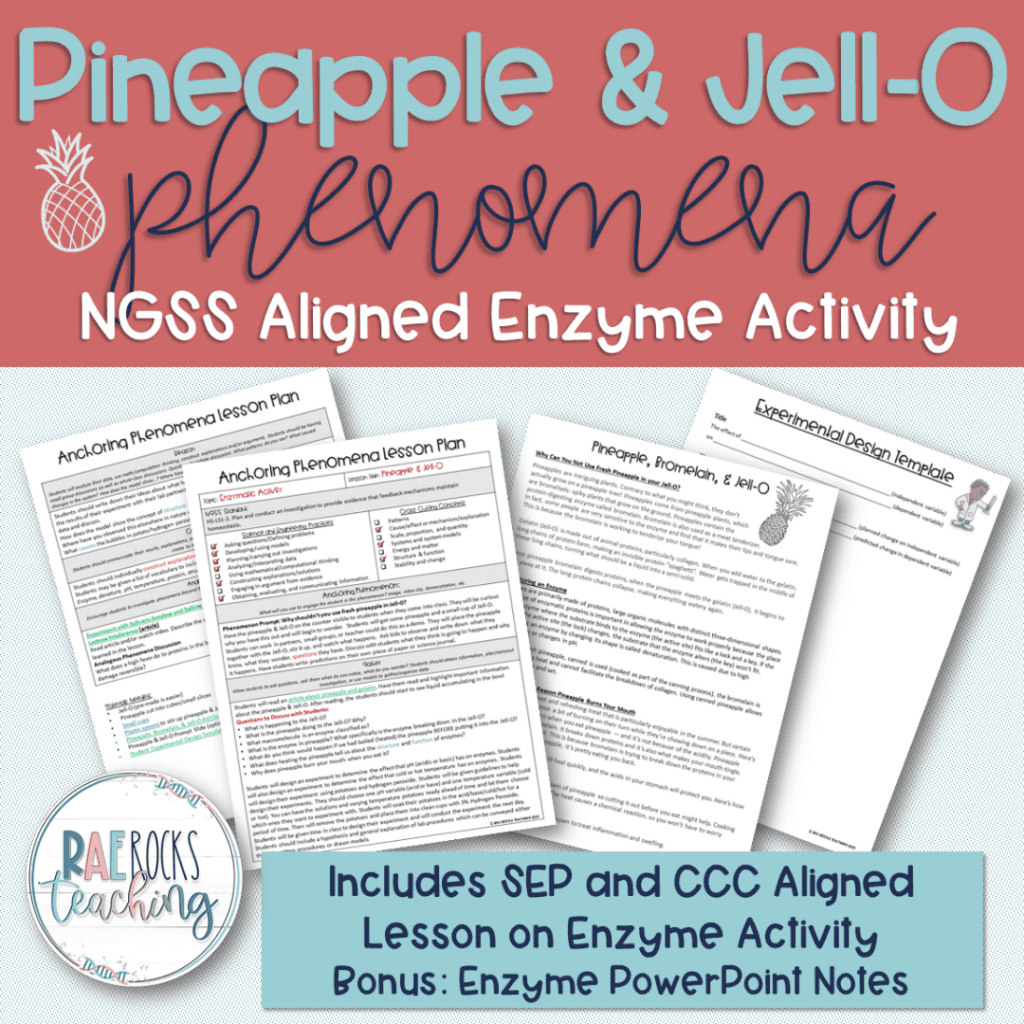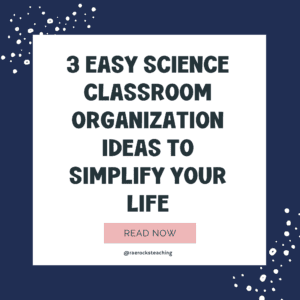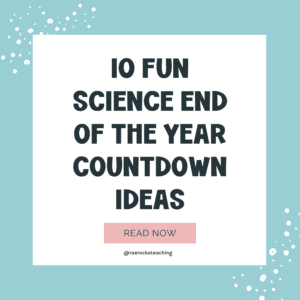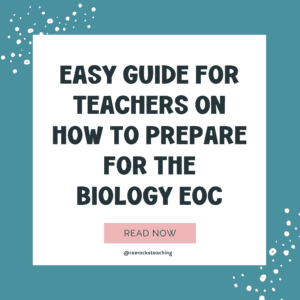What are Phenomena
Natural phenomena are observable occurrences that occur in nature and can be used to explain or predict outcomes. The objective of building knowledge in science is to generate broad ideas, based on evidence, that can explain and predict phenomena.
Why Use Phenomena in Biology
By shifting science instruction to phenomena that students are interested in explaining, the focus of learning shifts from memorizing a topic to figuring out why or how something happens.
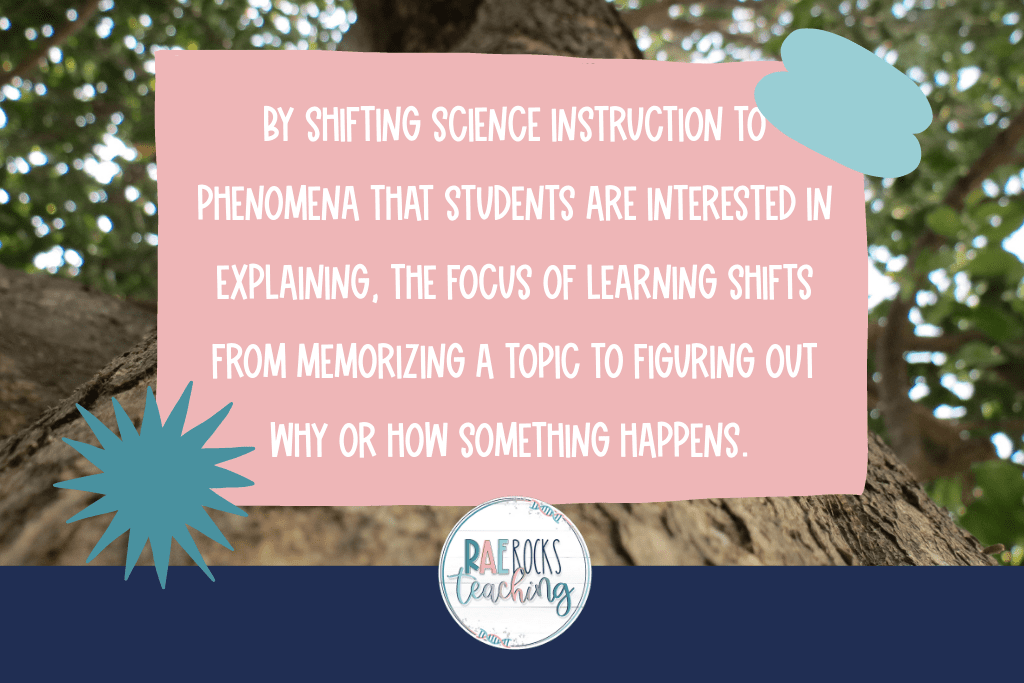
-
Save
So, instead of learning about photosynthesis and mitosis, students are immersed in creating evidence-based explanatory ideas that help them figure out how a tree grows.
By using phenomena-based ideas, it gives students real-world connections to things that are actually happening in the world. It changes their focus from learning about a topic to figuring out a topic because it enables students to truly understand the content.
Students who see how science “works” rather than listening to their teacher lecture about it, become vested in science and in turn, help them remain curious about how things work.
What Does NGSS Stand For
NGSS is an acronym for Next Generation Science Standards. These science standards focus on a 3-dimensional learning approach using phenomena to drive instruction. The 3 dimensions are crosscutting concepts (CCC), disciplinary core ideas (DCI), and science and engineering practices (SEP).
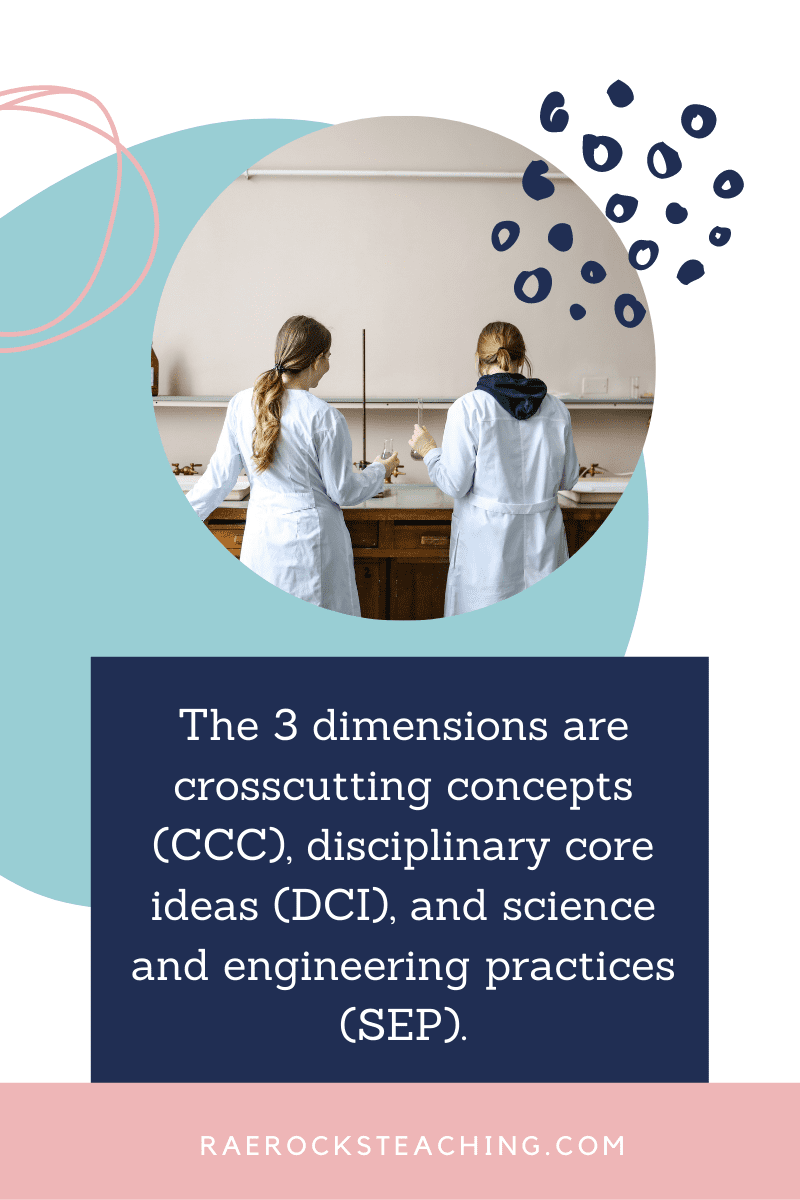
-
Save
Crosscutting Concepts
Crosscutting concepts in NGSS are a way of relating the different domains of science. They include patterns; cause and effect; scale, proportion, and quantity; systems and system models; energy and matter; structure and function; and stability and change.
Patterns are observed ways in nature to guide organization and classification and prompt questions about relationships and the causes underlying them.
Cause and Effect are events that have causes, sometimes simple and sometimes multifaceted.
Scale, Proportion, and Quantity are relevant to different sizes, time, and energy scales. It’s important to recognize the proportional relationships between different quantities as scales change.
Systems and System Models is an organized group of related objects; models can be used for understanding and predicting the behavior of systems.
Energy and Matter relate to tracking energy and matter flows, into, out of, and within systems helps one understand their system’s behavior.
Structure and Function are the way an object is shaped or structured determines many of its properties and functions.
Stability and Change are conditions that affect stability and factors that control rates of change are critical elements to consider and understand.
Disciplinary Core Ideas
There are 4 disciplinary core ideas for which NGSS phenomena were created for including Physical Science, Life Science, Earth and Space Science, and Engineering, Technology, and Applications of Science.
Science and Engineering Practices
There are 8 science and engineering practices. The practices are what students do to make sense of specific phenomena. They are both a set of skills and knowledge to be internalized.
The 8 NGSS science and engineering practices are:
- Asking questions and defining problems
- Developing and using models
- Planning and carrying out investigations
- Analyzing and interpreting data
- Using math and computational thinking
- Constructing an explanation and designing a solution
- Engaging in an argument stemming from evidence
- Obtaining, evaluating, and communicating information
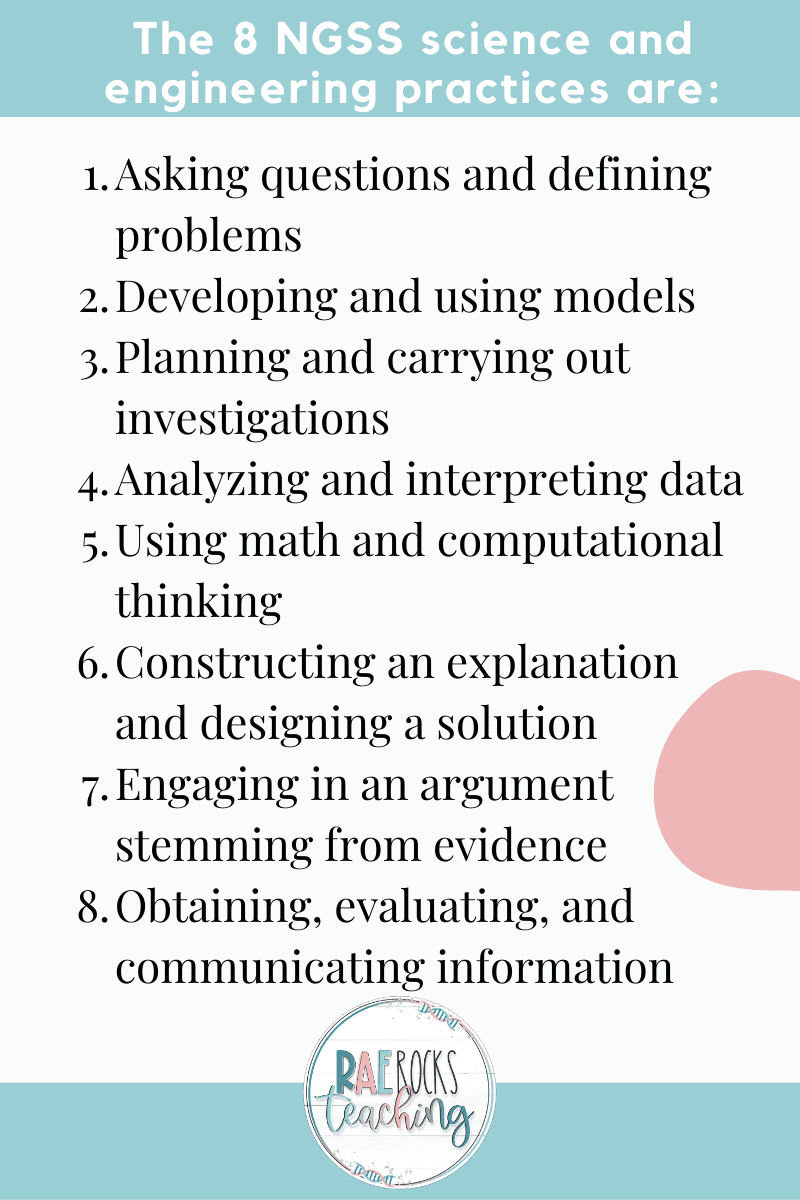
-
Save
Phenomena in Biology NGSS Standards
The following is a list of the NGSS standards and their description as they relate to Biology or Life Science.
Standard 1 | From Molecules to Organisms: Structures and Processes
HS-LS1-1 From Molecules to Organisms: Structures and Processes
Construct an explanation based on evidence for how the structure of DNA determines the structure of proteins which carry out the essential functions of life through systems of specialized cells.
HS-LS1-2 From Molecules to Organisms: Structures and Processes
Develop and use a model to illustrate the hierarchical organization of interacting systems that provide specific functions within multicellular organisms.
HS-LS1-3 From Molecules to Organisms: Structures and Processes
Plan and conduct an investigation to provide evidence that feedback mechanisms maintain homeostasis.
HS-LS1-4 From Molecules to Organisms: Structures and Processes
Use a model to illustrate the role of cellular division (mitosis) and differentiation in producing and maintaining complex organisms.
HS-LS1-5 From Molecules to Organisms: Structures and Processes
Use a model to illustrate how photosynthesis transforms light energy into stored chemical energy.
HS-LS1-6 From Molecules to Organisms: Structures and Processes
Construct and revise an explanation based on evidence for how carbon, hydrogen, and oxygen from sugar molecules may combine with other elements to form amino acids and/or other large carbon-based molecules.
HS-LS1-7 From Molecules to Organisms: Structures and Processes
Use a model to illustrate that cellular respiration is a chemical process whereby the bonds of food molecules and oxygen molecules are broken and the bonds in new compounds are formed resulting in a net transfer of energy.
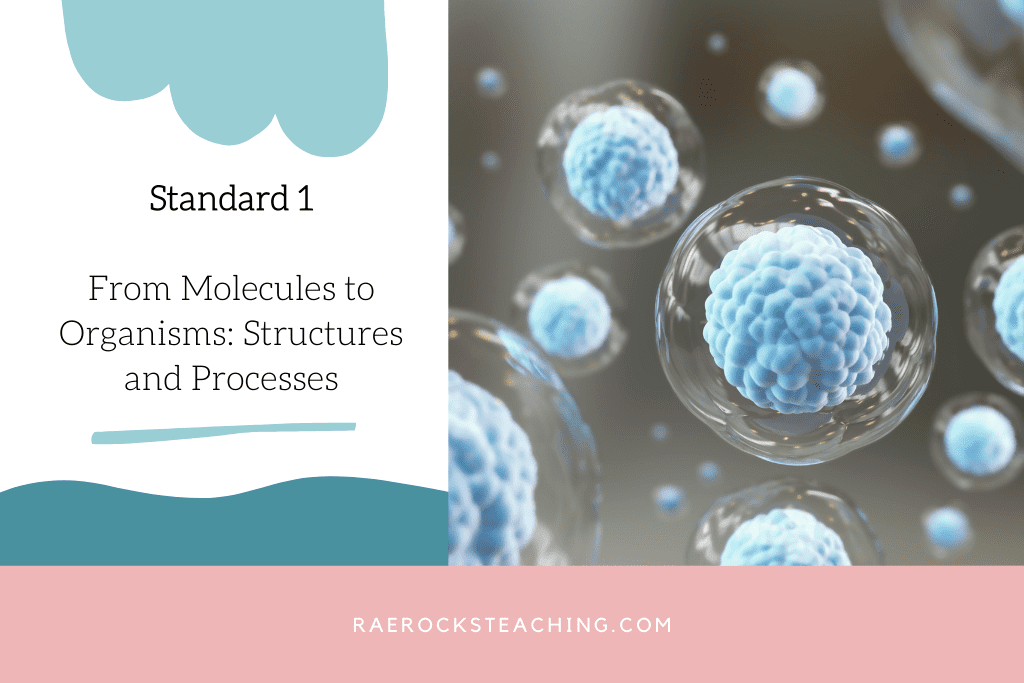
-
Save
Standard 2 | Ecosystems: Interactions, Energy, and Dynamics
HS-LS2-1 Ecosystems: Interactions, Energy, and Dynamics
Use mathematical and/or computational representations to support explanations of factors that affect carrying capacity of ecosystems at different scales.
HS-LS2-2 Ecosystems: Interactions, Energy, and Dynamics
Use mathematical representations to support and revise explanations based on evidence about factors affecting biodiversity and populations in ecosystems of different scales.
HS-LS2-3 Ecosystems: Interactions, Energy, and Dynamics
Construct and revise an explanation based on evidence for the cycling of matter and flow of energy in aerobic and anaerobic conditions.
HS-LS2-4 Ecosystems: Interactions, Energy, and Dynamics
Use mathematical representations to support claims for the cycling of matter and flow of energy among organisms in an ecosystem.
HS-LS2-5 Ecosystems: Interactions, Energy, and Dynamics
Develop a model to illustrate the role of photosynthesis and cellular respiration in the cycling of carbon among the biosphere, atmosphere, hydrosphere, and geosphere.
HS-LS2-6 Ecosystems: Interactions, Energy, and Dynamics
Evaluate the claims, evidence, and reasoning that the complex interactions in ecosystems maintain relatively consistent numbers and types of organisms in stable conditions, but changing conditions may result in a new ecosystem.
HS-LS2-7 Ecosystems: Interactions, Energy, and Dynamics
Design, evaluate, and refine a solution for reducing the impacts of human activities on the environment and biodiversity.*
HS-LS2-8 Ecosystems: Interactions, Energy, and Dynamics
Evaluate evidence for the role of group behavior on individual and species’ chances to survive and reproduce.
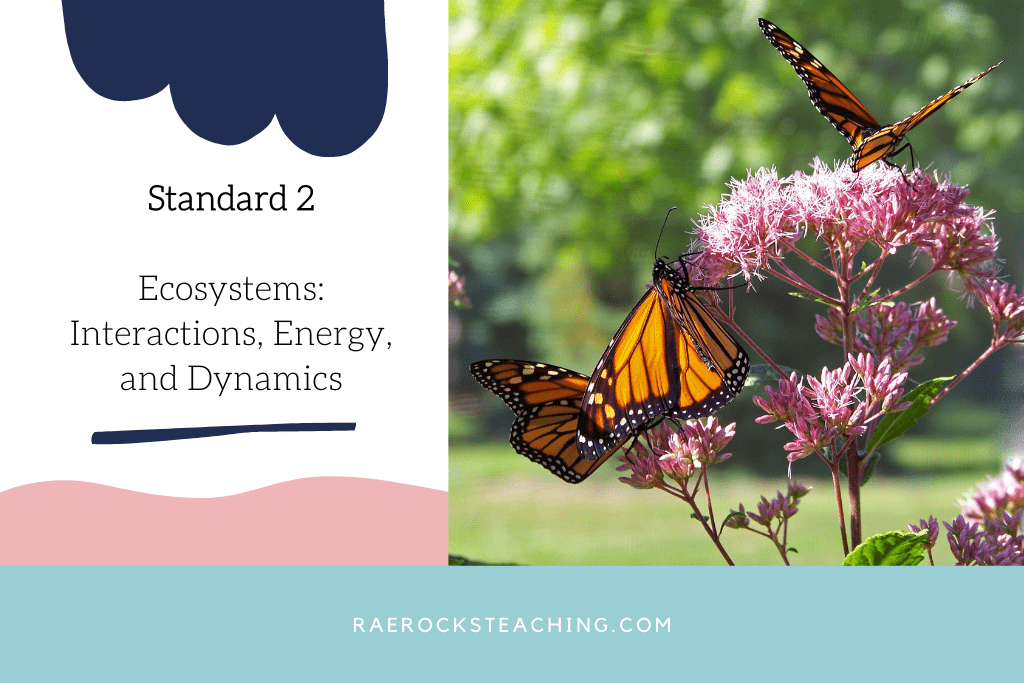
-
Save
Standard 3 | Heredity: Inheritance and Variation of Traits
HS-LS3-1 Heredity: Inheritance and Variation of Traits
Ask questions to clarify relationships about the role of DNA and chromosomes in coding the instructions for characteristic traits passed from parents to offspring.
HS-LS3-2 Heredity: Inheritance and Variation of Traits
Make and defend a claim based on evidence that inheritable genetic variations may result from (1) new genetic combinations through meiosis, (2) viable errors occurring during replication, and/or (3) mutations caused by environmental factors.
HS-LS3-3 Heredity: Inheritance and Variation of Traits
Apply concepts of statistics and probability to explain the variation and distribution of expressed traits in a population.
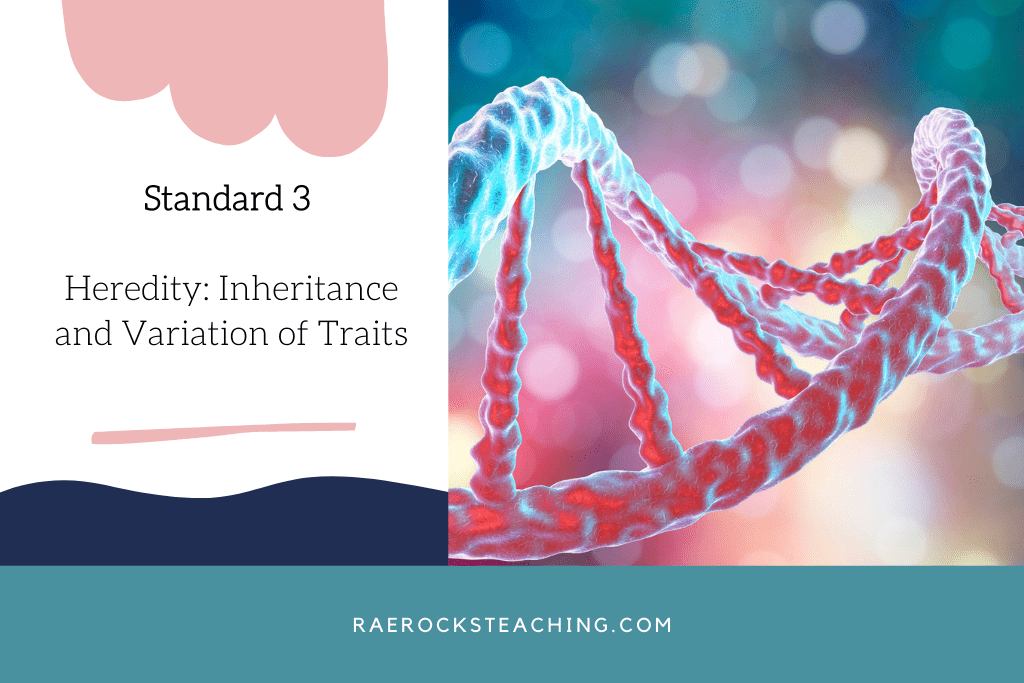
-
Save
Standard 4 | Biological Evolution: Unity and Diversity
HS-LS4-1 Biological Evolution: Unity and Diversity
Communicate scientific information that common ancestry and biological evolution are supported by multiple lines of empirical evidence.
HS-LS4-2 Biological Evolution: Unity and Diversity
Construct an explanation based on evidence that the process of evolution primarily results from four factors: (1) the potential for a species to increase in number, (2) the heritable genetic variation of individuals in a species due to mutation and sexual reproduction, (3) competition for limited resources, and (4) the proliferation of those organisms that are better able to survive and reproduce in the environment.
HS-LS4-3 Biological Evolution: Unity and Diversity
Apply concepts of statistics and probability to support explanations that organisms with an advantageous heritable trait tend to increase in proportion to organisms lacking this trait.
HS-LS4-4 Biological Evolution: Unity and Diversity
Construct an explanation based on evidence for how natural selection leads to adaptation of populations.
HS-LS4-5 Biological Evolution: Unity and Diversity
Evaluate the evidence supporting claims that changes in environmental conditions may result in (1) increases in the number of individuals of some species, (2) the emergence of new species over time, and (3) the extinction of other species.
HS-LS4-6 Biological Evolution: Unity and Diversity
Create or revise a simulation to test a solution to mitigate adverse impacts of human activity on biodiversity.*
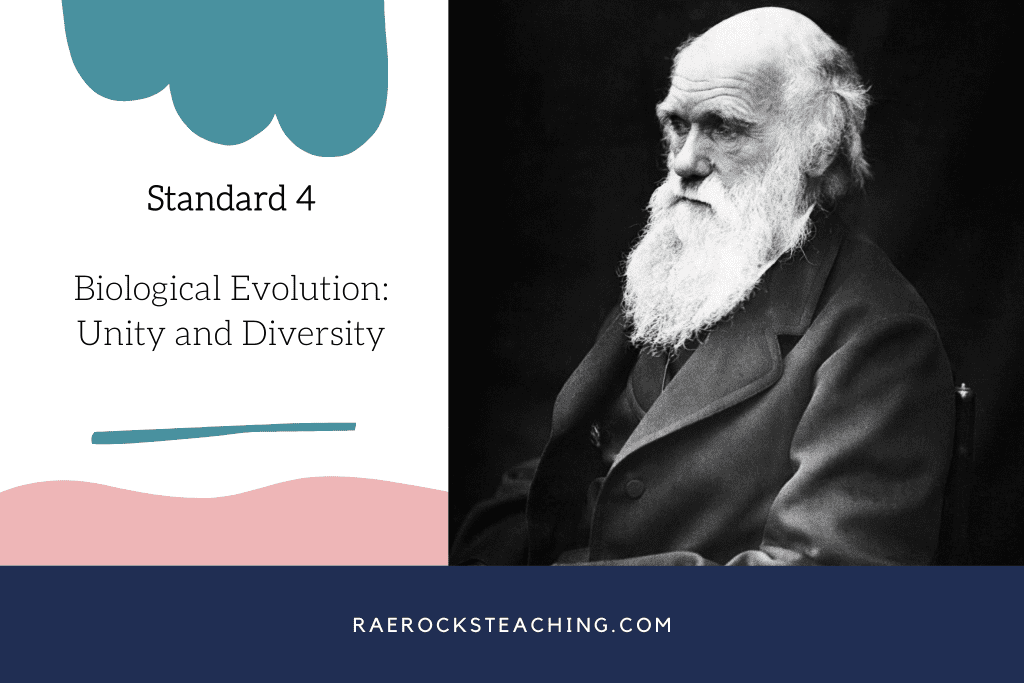
-
Save
NGSS Phenomena Examples
An effective phenomenon does not always have to be flashy or unexpected. Students might not be intrigued by an everyday phenomenon right away because they believe they already know how or why it happens. One of the many phenomena I like to use is during the Biochemistry unit. Often times, this can be a boring unit. It is much shorter than our other units because there is less content we need to cover.
For this lab, I have students test pineapple in different conditions so they can see what it does to jello. The guiding question for the Phenomena is “Why Can’t You Use Fresh Pineapple in Jello-O? Students really grasp the concept of enzymes, proteins, and denaturation as a result of completing this Enzymes Are What? inquiry-based lab.
I absolutely love sharing with y’all and would love to connect on IG or Facebook. So, follow me and send me a DM with what you need more of because I’m here to help! If you are looking for even more inspiration, find me on Pinterest!

-
Save
Wanna read more?
A Fun and Unique Way to Study Human Impacts on the Environment
7 Easy and Effective Strategies to Check for Understanding
The Best Way to Teach Students How to Use the Dichotomous Key
Share via:

